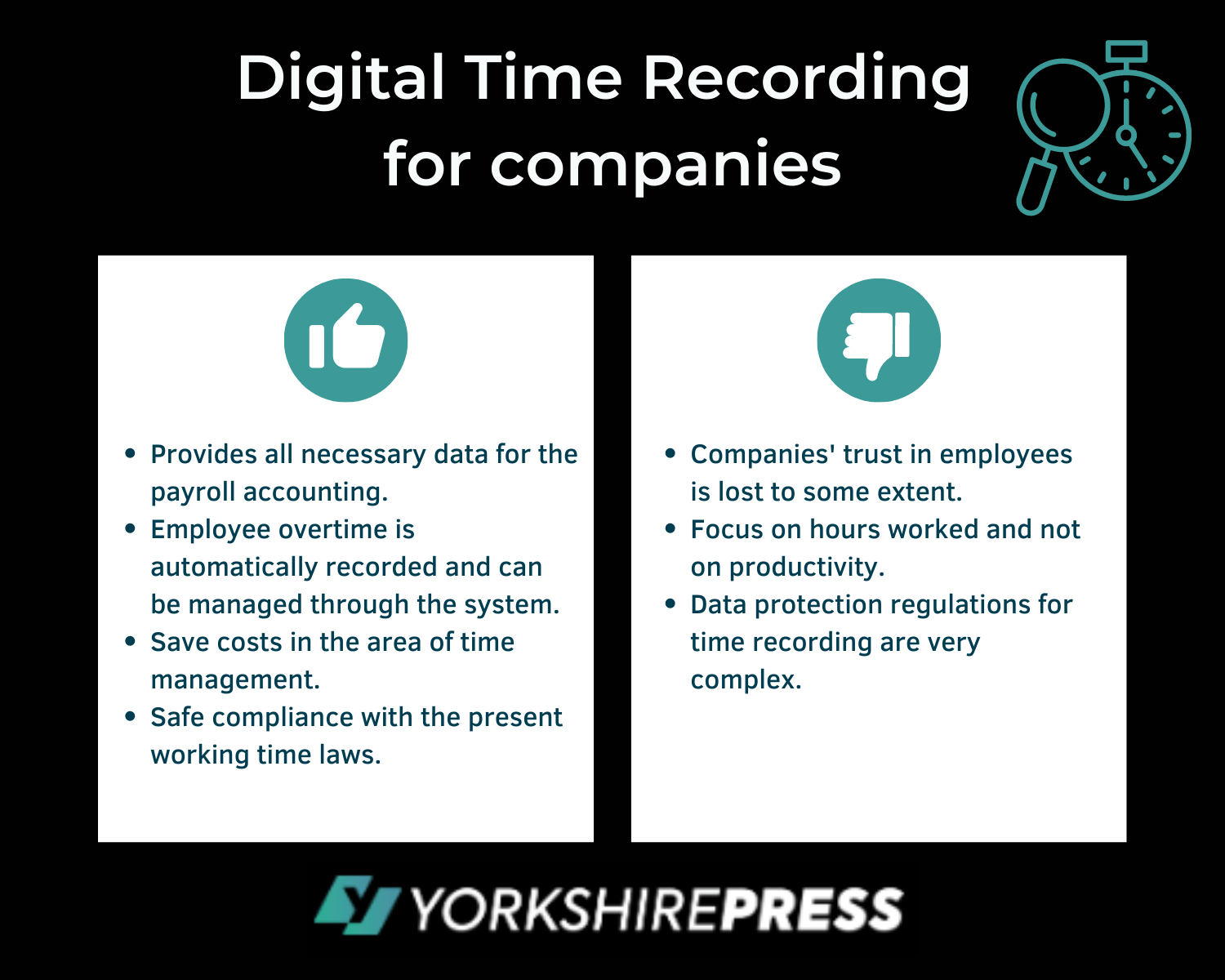Time tracking refers to the way that companies log the time their employees spend on working. However, time tracking is not just about tracking the hours that an employee works. In fact, it can be used in different ways. Keep reading to find out how time can be tracked and what the pros and cons of the different methods are.
Why is time tracking important?
Time tracking is important for both business and employees. For a business, time tracking can work as a good way to measure what the employees time is spent on, but it can also be useful for managers to determine what projects cost too much time and which one could use a little more time.
For employees, there are different reasons to track time. Employees can track the time that they work for a specific client and on a specific project. This helps to allocate certain hours to specific clients and can be a great help in deciding the price of a project. Time tracking is also important for payroll. Employees can track their overtime and absent hours. By tracking time, the company can compensate the employee fairly.
Time can be tracked through different methods, such as using software such as an online time management for employees programme, making an Excel timesheet, or tracking time the old-fashioned way by using pen and paper.

Time tracking improves internal communication
Employees can also share their progress online with their colleagues. Time tracking software can indicate how long a person has been working on a task and if it is finished or not. This gives employees good insight in how many hours they have left to spend on the project. This is especially beneficial for employees who work at home. They can always track the progress of a project without having to constantly communicate with their colleagues. Instead, they can work on their own tasks.
Time tracking helps to prioritise and take responsibility
It is also useful for the company to see if tasks are given the right priority. If employees finish certain tasks but leave other tasks in the background, the company can interfere and assign more urgency to that specific task. It can also help to calculate the workload for employees and determine how many employees are needed to complete a task within the desired time frame. Furthermore, time tracking software indicates which employees are responsible for which task. Because others can see the progress of an employees’ work, it creates a stronger sense of responsibility.

Time tracking helps to keep track of the budget
Last but not least, time tracking can help your company to keep an eye on its budget. If a specific budget is allocated to a project and the budget is about to be exceeded, it is easy for the company to determine where the problem lies. Perhaps a task took more time than needed or an employee spent unnecessary time on a task. With time tracking software it is easy to determine what the problem is and can help with solving this budgetary problem.
How to track time efficiently
Tracking time can be done in several ways. Each time tracking method has its pros and cons, but some of them are more efficient than others. For example, tracking time with pen and paper is very sensitive to errors, while time tracking software is commonly very accurate.
Time tracking software
Time tracking software is the most convenient way of time tracking for companies. Employees can easily log time per client and even per project. Time management becomes easy as employees can see how much time they’ve spent on specific tasks. This can maximise productivity and help to make better decisions regarding the time spent on certain tasks. It gives insight into the time that is spent, but also on the time that is wasted.
Time tracking software features a clock that can actually be used to track the time. Simply start the clock when you start a task and pause it when a task is finished. The time spent will automatically be saved and allocated to that task. This is a very accurate way of time tracking and minimises the errors in keeping time. Reports can easily be printed and revised by management.
Keeping an Excel sheet
Keeping an Excel sheet is another form of tracking time. Excel sheets can be personalised according to the company and tasks. Employees can enter their hours and Excel will automatically make an overview of the spent hours. It can also be set to give an error when a task costs more time than it should have. Spreadsheets can be printed or sent to HR for payroll.
A big downside of this way of time tracking is that it is very sensitive to errors. If an employee forgets to enter their time, the system will not notify the user or the management. Besides, its very time consuming as it cannot be set to enter the time automatically. The employee will spend lots of time per day to enter the time they spent on every task they worked on. It also costs a lot of time to create a spreadsheet and customise it according to your needs and wishes.
Tracking time with pen and paper
The pen and paper method is the most used way of time tracking, but also the least efficient. Companies use this method because it is free, but it can also cause errors resulting in payroll problems. Employees might also forget to write down their hours, which means that they have to rely on their memory once they do log their hours. It will cost the employee a lot of time, tracking their time manually, but it will also cost management or HR lots of time, because the papers need to be distributed and collected and the information needs to be entered manually.





